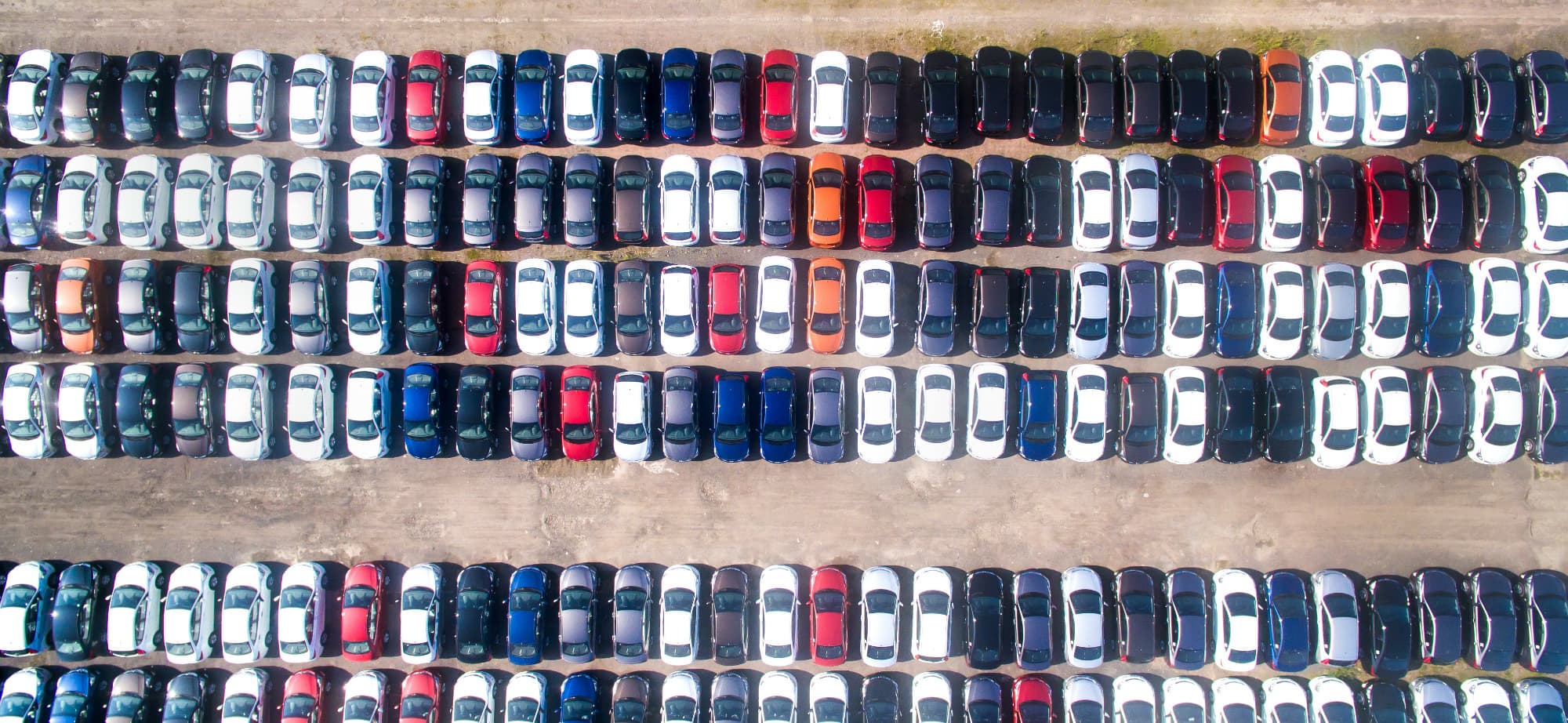A guide to buying your first car in Pakistan
Ever since used-car imports from Japan started to gain momentum in Pakistan, our market has seen an influx of a wide range of cars that have filled in various product categories, price points and have in their ways addressed the needs of a variety of buyer segments.
However, following the implementation of Auto Development Policy in 2016, even the local players of our auto industry have started to show some signs of life.
With over a dozen new models ‘officially’ making their way to Pakistan in 2016 — of which three were entirely new entrants — deciding on the perfect car that conforms to both your wallet and needs is becoming increasingly tough.
To alleviate your confusion, this article will thematically divide and tackle the factors that play a part in influencing your buying decision.
Identify your price point
Perhaps the most apparent of all the factors is your budget, which is a stepping stone for any purchase. Like any other automobile market, Pakistan has a plethora of options available in every price segment starting from under one million rupees and going all the way over ten million rupees.
However, the majority of car buyers in Pakistan opt for cars that are available for under Rs4 million.
Here are some prominent options in both new and used car markets that you might consider depending on your budget:
*Kei is a Japanese category of small vehicles
While identifying a price point may be subject to your financial capacity, it is always better to set conservative budget limits as you would need some additional amount for vehicle registration and insurance.
New or used?
Your decision to opt for either a locally produced car or a used Japanese import revolves primarily on your priorities since there are pros and cons attached to both.
While a locally assembled vehicle guarantees you peace of mind through standard warranty and native original equipment manufacturer (OEM)-backed after sales services, it does trade off in the features department.
Thanks to a lack of competition between the local automakers and due to the absence of necessary regulations, cars they produce usually lack safety equipment, driving aids and other cosmetic features that are otherwise available in their global offering.
The used cars from Japan, however, are sufficiently equipped even in the relatively low-price segments; best seen in cars like the Daihatsu Mira and Daihatsu Move.
These cars are stocked with vital features like multiple airbags, smart-entry and climate controlled air-conditioning.
However, all of that comes at a price: not only are the used Japanese cars generally more costly to purchase than their ‘New’ localized counterparts, they also have issues like lower ground clearance, lack of after sales support and scarcity of spare parts.
Above all, having racked up all those miles on the dial, it is difficult to find one in the right condition, making for a grueling task.
Factors that affect a car’s on-road price in Pakistan
On-road cost is the total cost you pay to make a car road legal and is a mixture of capital cost, the cost of registration and insurance.
The cost of registration depends primarily on the province where it is being registered and the displacement of your car’s engine.
The registration cost as a whole in most provinces is a compound of Motor Vehicle Registration Fee, Motor Vehicle Tax and Withholding Tax.
To a disadvantage of imported used cars, provinces like Punjab, Sindh and Khyber Paktunkhwa also impose a Luxury Tax. The taxes imposed on cars, in a majority of the cases, depend on the engine capacity.
Read more: Is luxury tax justified?
Form factor
This is where the form factor of your vehicle comes into play which is usually a clear determinant of your car’s engine displacement and has a significant influence on your vehicle’s overall on-road cost. For example, a non-filer needs to pay a mere ten thousand rupees in lieu of withholding tax if the car’s displacement is well under 850cc, while a withholding tax of Rs450,000 is applicable on cars with engines larger than 3,000cc.
Although the form factor of your choice determines the range of engine displacements to go for, choosing a car with a smaller engine amongst other competing offerings may help you save on liable taxes and recurring registration costs like tokens, etc.
If you are someone who doesn’t mind shelling out an extra premium for ‘peace of mind’, insurance is something that you should consider when buying a car.
Insurance costs and coverage are subjective to your service provider. Generally the annual premium in Pakistan depends on the car’s market value, the amount you want to insure it for and the year of registration. The insurance coverage will also take into account whether it is a used car or not and adapt the insurance premium according to the depreciation of the car.
Combine the registration and insurance costs with the car’s cost of purchase, and you have before you the total on-road price of your potential purchase.
So there you have it: a well-informed car buying decision revolves around the recognition of your needs, budget constraints and the market segment of the car that suits your needs. Happy shopping!
Adan Ali writes about cars, culture and gadgetry. His work has been published in PakWheels Dawn. He tweets @adanali12.






